Market Analysis
In-depth Analysis of Coma Diagnosis and Treatment Market Industry Landscape
A coma is a deep condition of unconsciousness that prevents awakening and limits stimulus response. Due to its complicated etiology, different causes, and changing severity, coma diagnosis and treatment are difficult, affecting market dynamics. Coma's cause must be determined by reviewing the patient's medical history, physical exam, and diagnostic testing such MRI, EEG, and laboratory tests. However, the large variety of probable causes and the urgency of identifying and treating reversible variables make accurate and prompt diagnosis difficult, altering market dynamics by influencing treatment options and results. Coma treatment depends on the cause and severity. To stabilize the patient, airway management, oxygen treatment, and intravenous fluids may be needed immediately. Optimizing results requires targeted therapies such metabolic problem drugs or cerebral hemorrhage surgery. The treatment landscape affects market dynamics by encouraging intervention uptake and novel treatment modalities. Neuroprotective, neuromodulation, and regenerative medicine treatments for coma are being studied. New treatments like hypothermia and neurostimulation may help coma sufferers. These novel therapies may change market dynamics by offering alternatives and meeting medical demands. The economic burden of coma comprises diagnosis, treatment, and long-term care expenditures, as well as indirect costs including productivity loss and caregiver strain. Healthcare expense, reimbursement regulations, and treatment availability are affected by economic considerations. The FDA in the US and the EMA in Europe approve and commercialize coma diagnostic and treatment equipment and drugs. Market access depends on regulatory compliance, which affects market dynamics. These treatments are regulated to guarantee safety and effectiveness, affecting market penetration and competitiveness. The coma diagnostic and treatment industry is highly competitive among medical device, pharmaceutical, and healthcare providers. Product innovation, price, distribution methods, and strategic partnerships affect market dynamics. To compete, companies provide enhanced features, dependability, and cost-effectiveness. Coma therapy procedures are influenced by patient preferences like treatment adherence and quality of life. Patients and their family prioritize functional results, neurological rehabilitation, and long-term quality of life while selecting treatments. Through treatment options and healthcare delivery methods, patient-centered care and collaborative decision-making affect market dynamics. Regional differences in healthcare infrastructure, specialist care, and coma diagnosis and treatment affect market dynamics. Emerging countries may struggle to meet coma patients' demands owing to insufficient resources and healthcare facilities. However, awareness and technology boost worldwide market development and expansion. Advances in neuroimaging, EEG monitoring, and neuromodulation treatments in coma diagnosis and treatment change market dynamics. These advances address unmet requirements and increase demand for novel coma management solutions by improving diagnostic accuracy, therapeutic effectiveness, and patient outcomes. Market demand, technical advances, and regulatory incentives drive coma diagnostic and treatment research. Government, private, and charity funding stimulates economic market innovation and dynamism. Patient advocacy groups and non-profits raise awareness about coma, assist patients and families, and advocate for research funding and specialized treatment. Awareness promotes early diagnosis and treatment, affecting market dynamics. The coma diagnosis and treatment market is predicted to expand and innovate because to technological advances, patient-centered care, and customized medication. The future of the coma market depends on stakeholder collaboration, research and development, and governmental actions to provide access to specialist treatment.


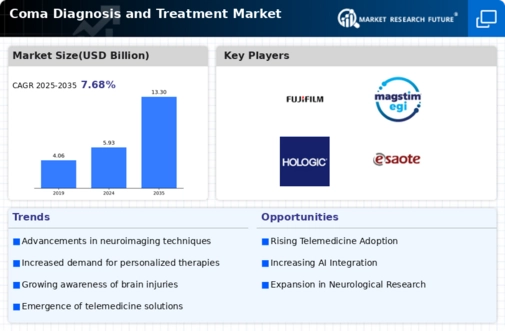
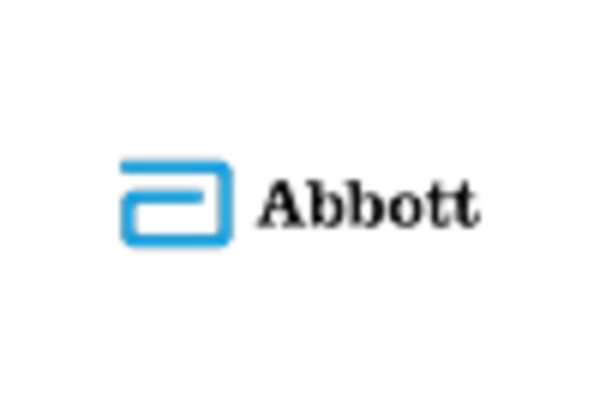
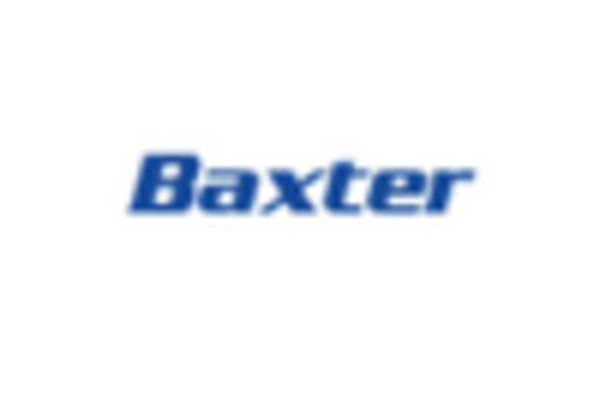
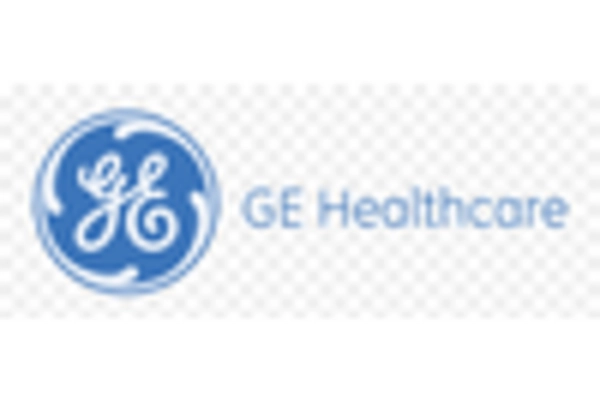

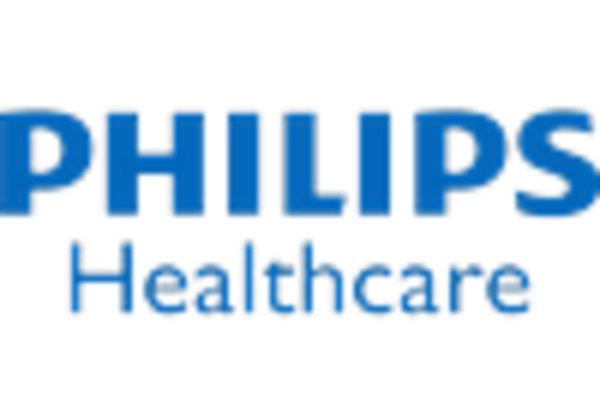










Leave a Comment